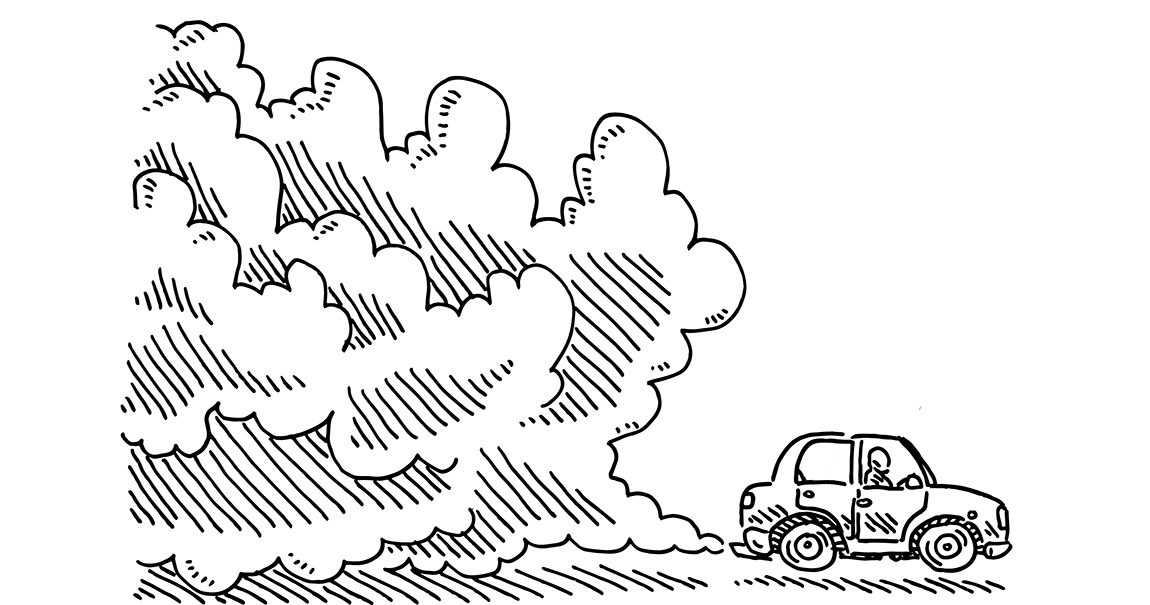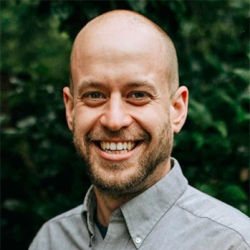
This is the 3rd post in a series during the Global Climate Strike, happening this week around the world.
Teaching 6th-grade science is an incredible opportunity.
Students are exposed to many science concepts for the first time, including the scientific method and approaching problems through a scientific/objective lens. 6th grade is full of “a-ha” moments as students begin to learn how the world around them works in a very real way.
I began to visualize a project after meeting with Brittany Sinzinger from the American Lung Association (ALA) and Brooke White of the Mid-Ohio Regional Planning Commission (MORPC). My students would apply the concepts we were covering in class to a real-world issue: air quality and greenhouse gas emissions. Little did I know just how incredible of an experience this would be for our students.
First, we identified the problem.
About four weeks into the school year we dove into our “Thinking Like a Scientist” unit, about the scientific method, in which students practice making observations. I started the students on the self-discovery path of identifying whether our school had an air quality problem.
I arranged for each of my four science classes to spend the final 40 minutes of the school day to go out and record how many cars were idling in the parking lot. Our middle school has about 1300 students in grades 6-8, so we have quite a large parking lot. This provided a perfect chance for Brooke from MORPC and Brittany from ALA to come in and get to know the students a bit while also helping the students practice making observations.
We divided the students into groups, each being responsible for a specific zone of the parking lot. They recorded how many cars were idling and how long each car idled. Every day when we went out, there were already multiple cars idling in the parking lot despite the fact that school was not letting out for another 40 minutes.
Students analyzed the data from their observations and then I posed the question of whether our school had a problem. The students realized that having dozens of cars in the parking lot idling for an average of over 20 minutes was not a good thing.
Next, we learned about air quality, with help from our outside experts.
My wonderful ALA and MORPC partners taught the class about air quality, such as how the quality of the air we breathe can change, and how air quality impacts the health of a person. They showed examples of real data from our local area. Having a local expert come in was amazing as I was able to learn along with the students—and it lifted a great deal of weight off of my shoulders. Students also conducted independent research. They were fired up to make a change!
Is there anything better than a classroom full of motivated middle schoolers?
Spoiler Alert: The answer is no. At this point, I knew I had as much buy-in as I could ever ask for. So then the fun began when I asked the students what were they going to do to address the air quality in our area. They decided they needed to convince people to reduce the number of pollutants going into the air, and the best way they could think of was to have drivers in our area pledge to turn off their vehicle within the first 30 seconds of idling. They thought that if each student on our team of 108 students convinced two drivers to go idle free, then that would help the air quality in our community. The students also thought that, if they could collect a large number of pledges, they could convince our building leadership to purchase a sign asking drivers to go idle-free.
The students knew they had to get the word out to people, and the best way they knew of was through social media (remember these are 6th graders haha). After consulting with our social media expert in our district, the students decided to develop a Facebook group called Idle Free Dempsey. The idea was that the students would share facts about idling and collect digital pledges from adults who agreed to go idle free.
The students’ Facebook page reached over 1,000 people, and they collected nearly 300 pledges from drivers to go idle-free.
Every building in our district now has signs in the parking lot asking people to turn their vehicle off, and the news of our project made its way to a local news station where they highlighted the hard work our students had done.
To say I am proud of the students for their accomplishments would be the understatement of the century. This project turned into an incredibly authentic learning experience the students will remember forever. Each of them finished the school year knowing they made a positive change in our community by working together and collaborating with local experts. They deeply learned 6th grade science content, including scientific thinking, properties of a gas, physical and chemical changes, and data analysis.
Here's my key take-away:
Provide your students with an opportunity to have an impact in their community. Empower them with the skills and resources needed to be successful, and you will be amazed at what they can accomplish with your helping hand along the way.

